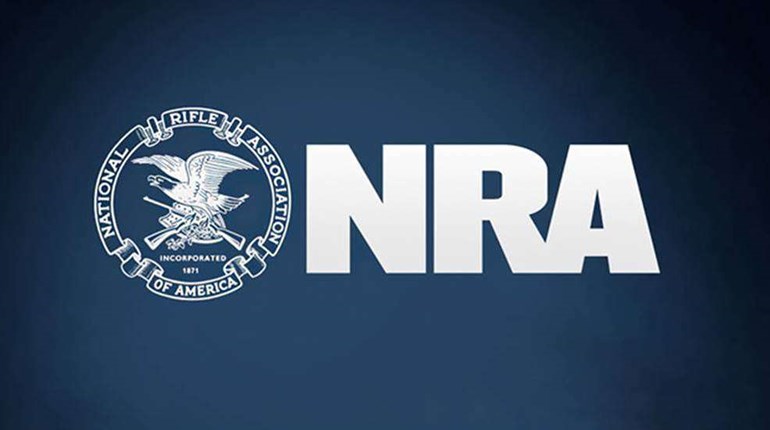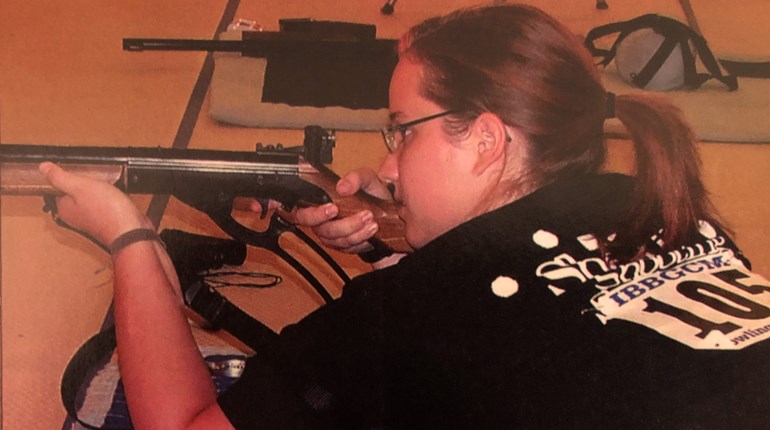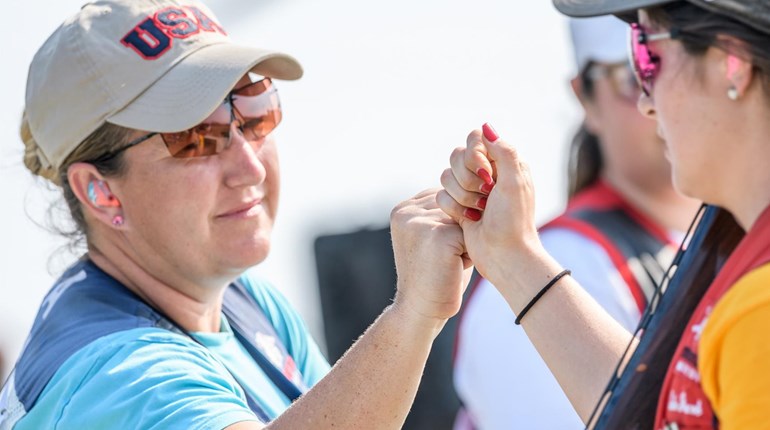
An important aspect that is often overlooked during a presidential election and a critical general election year like 2016 is the role played by soldiers who participate in the voting process and make their voices heard.
The U.S. Army and other branches of the military continually reach out to those stateside and deployed personnel to encourage participation in the democratic process, and this election year is no exception, according to Rachel Gilman, Army voting action officer, serving with U.S. Army Human Resources Command.
In addition to the presidential race, all 435 seats of the House of Representatives, 34 Senate seats and 14 governor races are in play this year, Gilman said. Add to that referendums, initiatives, propositions and local issues like school boards and mayors that could have a big impact in communities, where soldiers live or plan to live once they leave the service.
The Federal Voting Assistance Program (FVAP) 2014 Post-Election Report to Congress published military and civilian voting data, controlling for age and gender between the two groups. The report revealed that in the 2014 mid-term election, 70 percent of active-duty military registered to vote, compared to 65 percent of civilian voters who were eligible. Broken down by service, the Coast Guard had the highest voter registration in 2014 at 79 percent, followed by the Air Force with 73 percent, Navy at 70 percent , Army at 69 percent and Marine Corps with 65 percent.
Gilman said that specific information regarding voting for soldiers and military personnel may be acquired from the FVAP website (www.fvap.gov). Those visiting the site may click on the appropriate state and find information including ballot requests, return deadlines, absentee voting guidance, forms and other important information.
Gilman said the Army’s goal is “to make it as easy for Soldiers to vote anywhere as if they were living and voting in their hometowns.” Voting is especially important for Soldiers, she added.
“It’s the freedom for which they’re defending.”




































